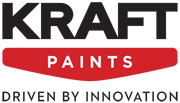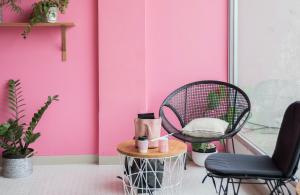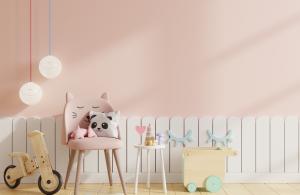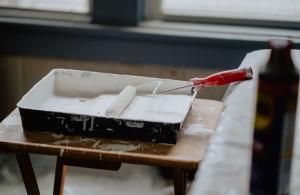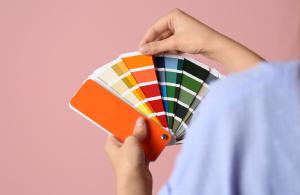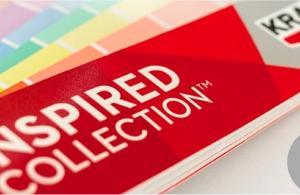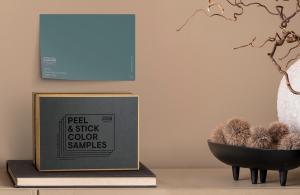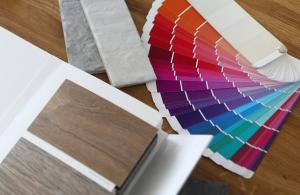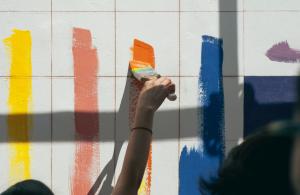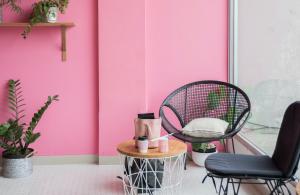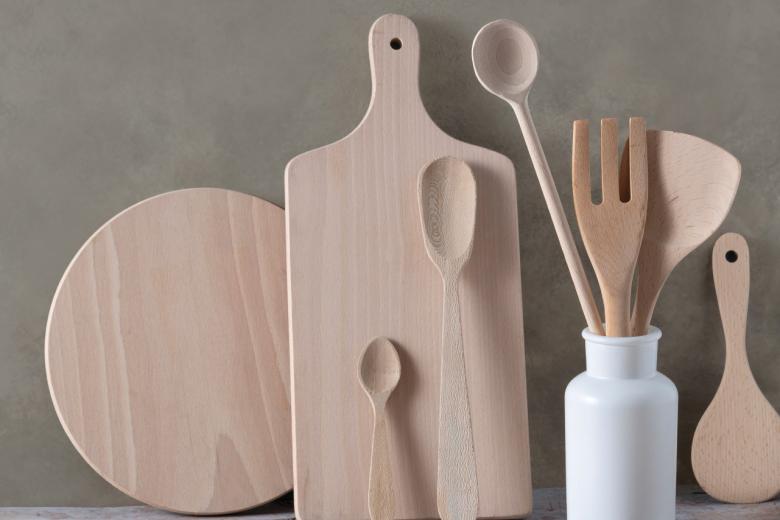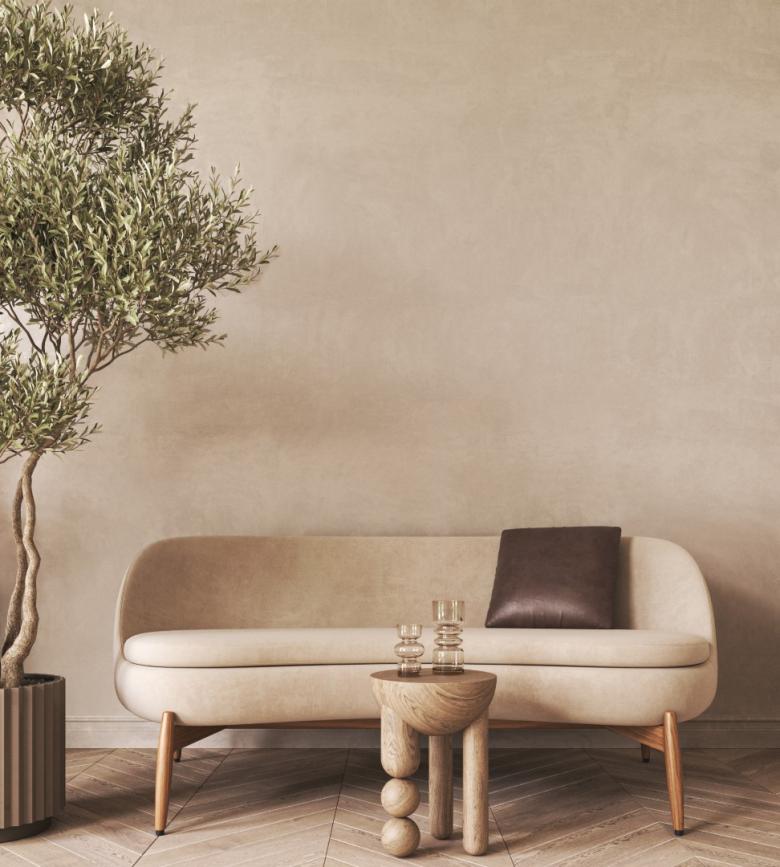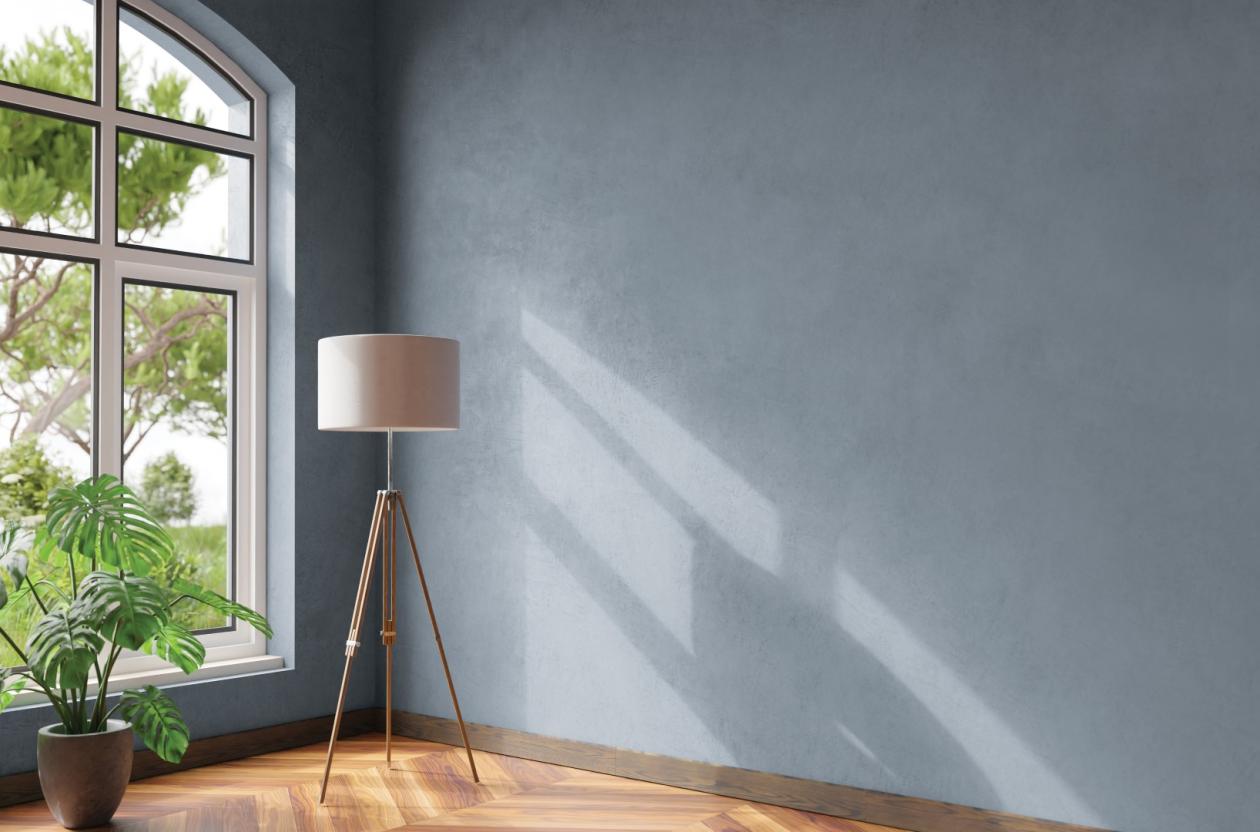Decorative Microcement: Applications, advantages, tips and tricks for excellent results

All you need to know on this elegant, resilient and functional textured render, which, thanks to the innovative products by KRAFT Paints is elevated to artistic levels.
Despite being a contemporary trend in the building and renovation industries, this technique actually has a long history. In fact, using microcement is a practice known since ancient times in civilizations such as the Middle East, China, the Roman Empire, even in Classical Greece; furthermore, for centuries it has been a traditional decorative practice in the Cyclades. Its name is mainly owed to its application method: craftsmen mainly use the trowel to place and compress the material on the intended surface.
The standard ingredients of pressed cement screed are inorganic materials (e.g. earth, sand), however there are more innovative products in the present day, among others containing special resins and nanotechnology additives that allow optimization of microcement-style. Such a product family is Arterra Patiti by KRAFT Paints, the pinnacle of sophistication and quality in its class, offering truly impressive results in terms of resilience as well as functionality and taste. More than anything else, microcement-style is synonymous with modern, minimal appearance, a lean presence that offers interiors a blend of sober superiority and subtle opulence.
